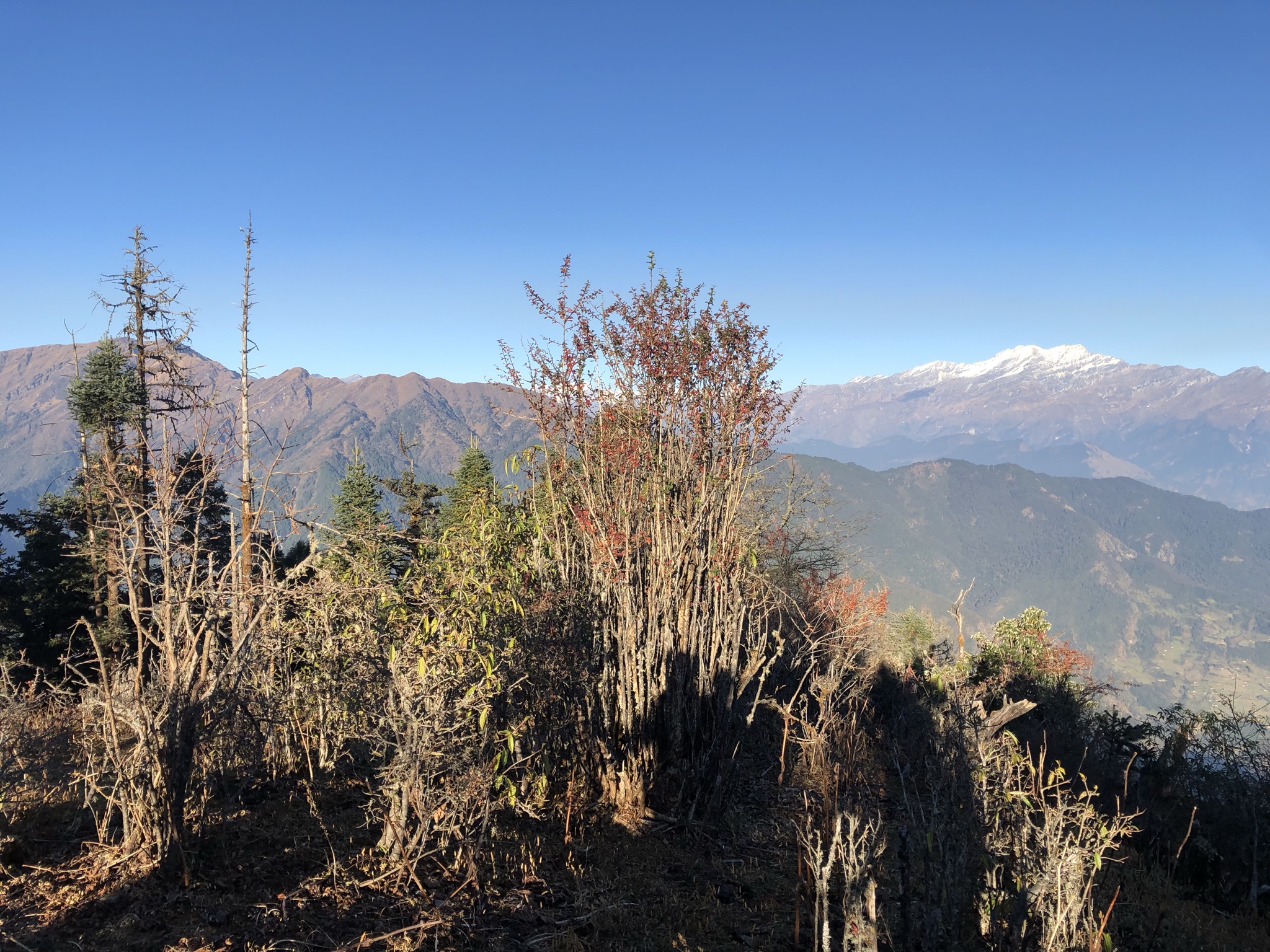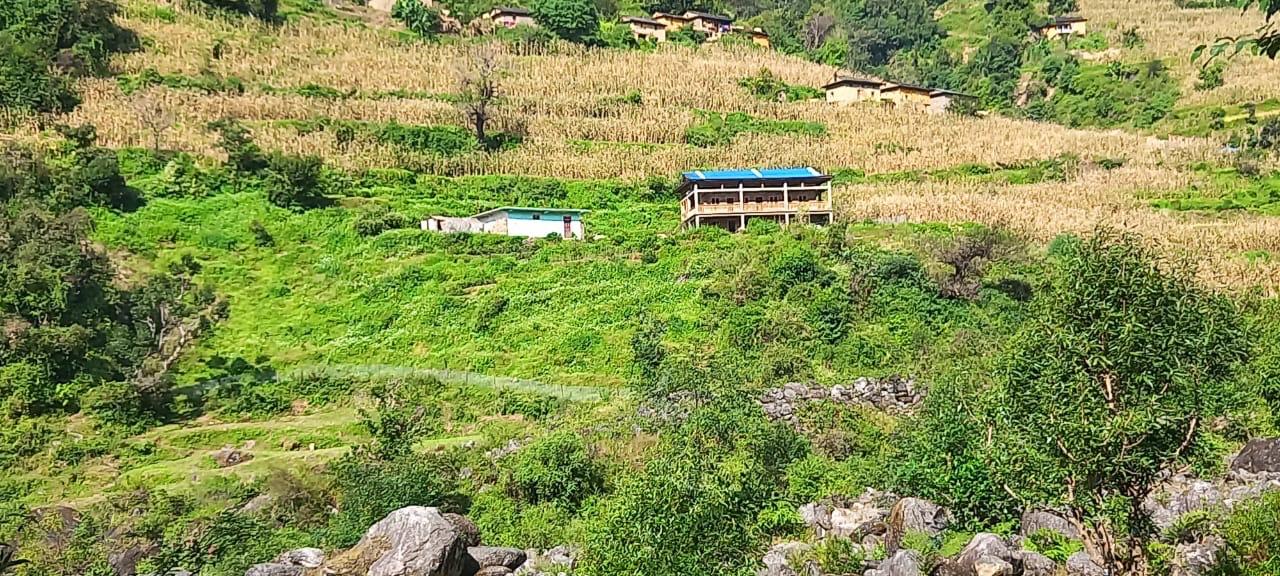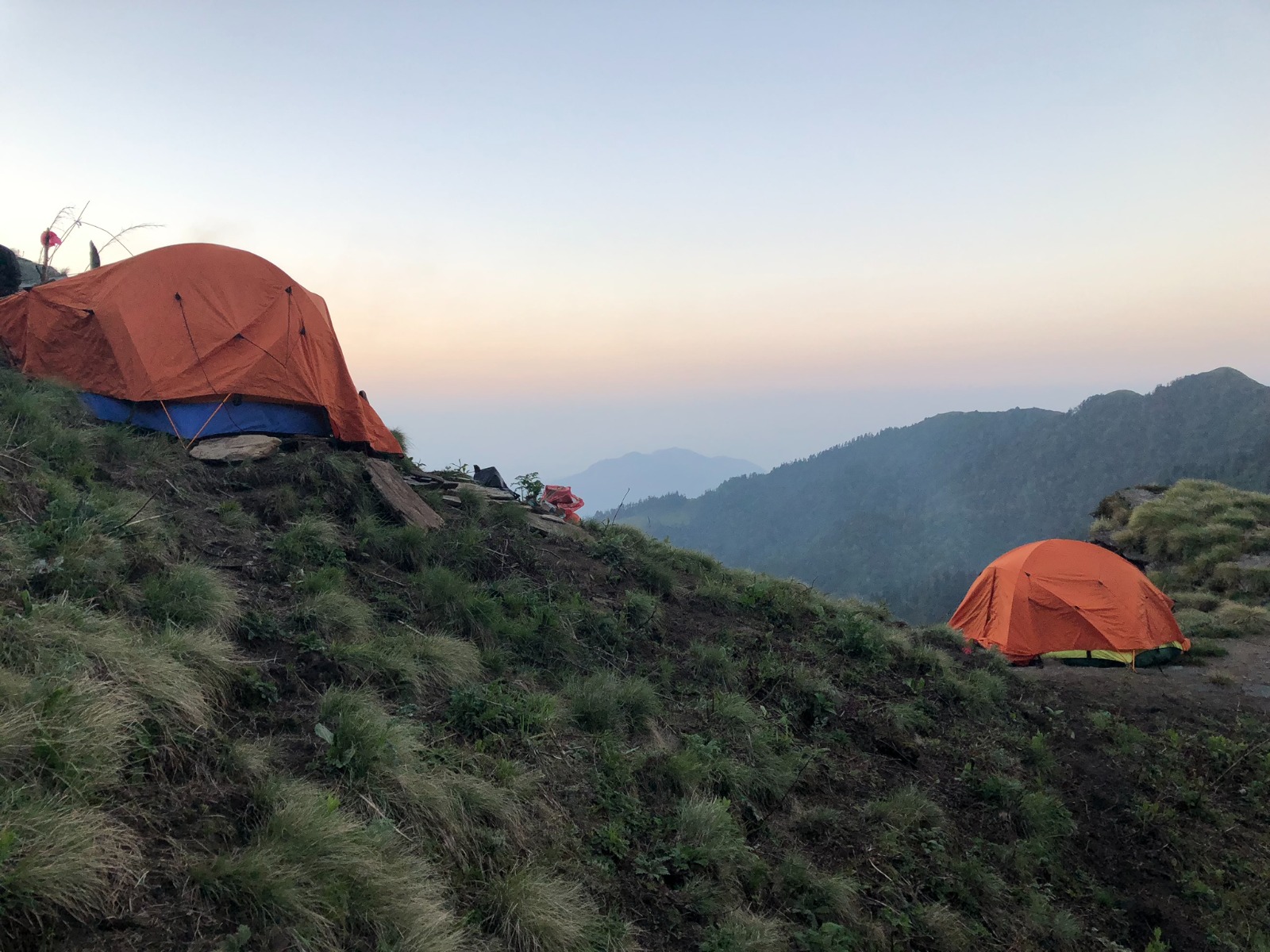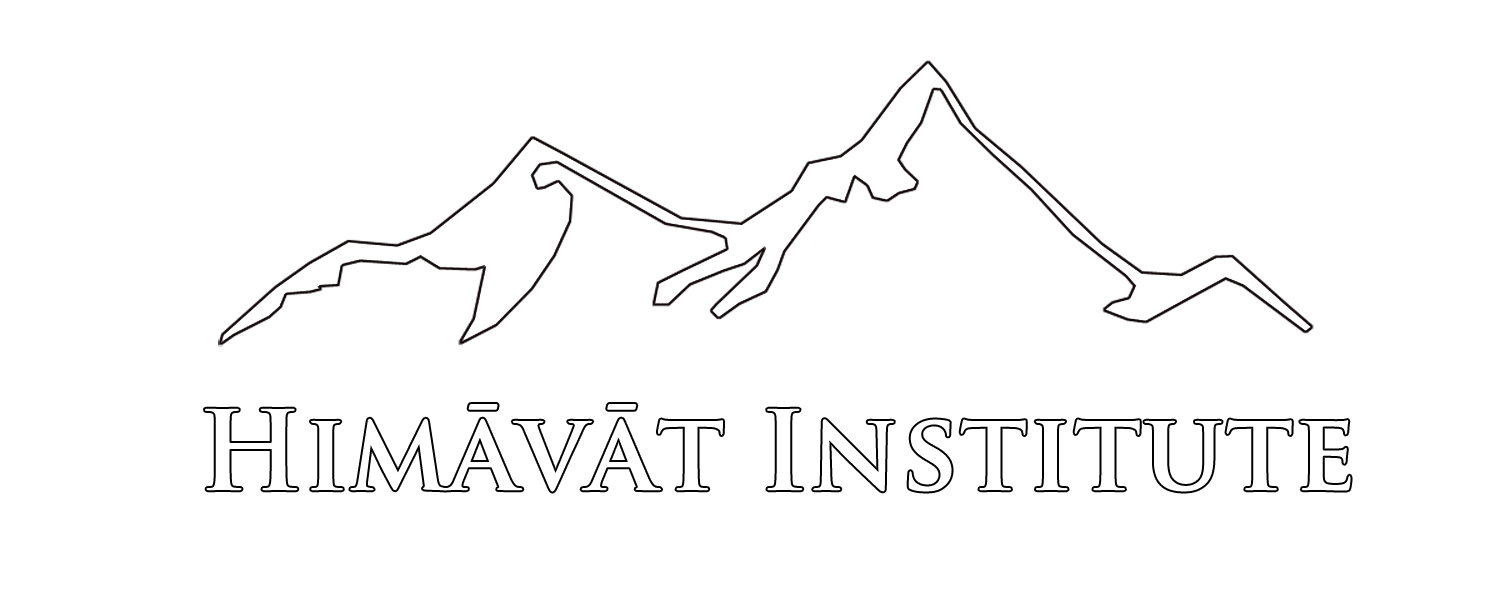A journey through gradient - Kuse Cloud Forest

Package working flow
This research package leverages the unique advantages of a mountain landscape. The landscape provides a remarkable ecological gradient, allowing for the examination of rapid transitions in vegetation and habitat as one ascends through different elevations. Researchers can explore how wildlife and human communities interact and affect each other in these diverse environments, providing valuable insights into human-wildlife dynamics.
Additionally, the package delves into rural livelihoods deeply embedded in traditional husbandry practices. This focus helps in understanding the impact of these practices on biodiversity in rural mountain communities. The mountain landscape also offers the opportunity to investigate the unique characteristics of isolated mountain peaks, such as snow-capped summits in mid-hill regions, and their relevance to global environmental change.
This rapid shift in gradients and habitats presents unique opportunities for studying ecological transitions and biodiversity. The expedition, though swift and compact, provides a comprehensive exploration of varied ecosystems, making it both an educational and enjoyable experience for researchers.
Know your situation (safety)
Accomodation: Kuse Research Station
Know society (recommended to all)
Accomodation: Kuse Research Station
Depending on research questions
Accomodation: Kuse Research Station

Kuse Research Station
This is a semi-traditional house located just beneath the mountain.

